The key to ensuring everything goes smoothly is planning and having an office relocation checklist 2023 for what needs to be done. This article will provide an office moving inventory so you will get everything necessary on your way out the door!
The process of relocating from one office space to another involves more than just packing boxes up and shipping them off. There are many steps in between, including setting up utilities, notifying customers or clients, and transferring records safely. To ensure everything gets noticed during this hectic time, it’s best to have a comprehensive plan and list of tasks ready before starting.
An organized system makes the transition easier for everyone involved – especially when dealing with delicate items like technology equipment or sensitive documents. With this Office Moving Checklist as your guide, you’ll soon settle into your new workspace without any significant hiccups!
Defining Your Moving Goals
Before you move, it’s essential to define your goals. For example, what kind of space do you need? Does the new office need to accommodate more people or fewer? Are there any specific amenities that are necessary for your work environment? To determine your needs, list all the items and activities that will be taking place in the office after the move. That way, when looking at potential spaces, you’ll be sure they meet your requirements.
Additionally, consider how much money you’re willing to spend on rent. Setting yourself up with a budget before searching is a great way to narrow down the options quickly. Also, consider other expenses like utilities and phone lines – these costs can add up! Finally, knowing exactly what services are available in each location will help save time and money later.
Inventory everything that needs to be moved into the new space: furniture, computers, and filing cabinet. This is essential for packing and unpacking once you arrive in the new office – nothing gets left behind!
Developing A Timeline
Now that you have identified your goals for the move, it’s time to develop a timeline. This will help you track when tasks need to be completed and ensure everything is done on time. Here are four essential steps to creating an effective timeline:
1. Determine how long each task should take.
2. Establish deadlines for each task.
3. Figure out when packing materials need to be purchased or rented.
4. Schedule specific days and times for activities related to the move (e.g., cleaning, loading, unloading).
Once these four elements are determined, you can begin mapping out your entire moving process in detail – from start to finish – so that everything gets noticed along the way! Ensure to update the timeline if any changes occur during the planning phase, such as revised dates or unexpected delays due to weather or other circumstances beyond your control. Doing this will help you stay organized and anticipate potential problems before they arise so that you can address them quickly and efficiently if necessary.
Determining Your Office Relocation Checklist 2023 Budget
Before moving day arrives, it’s essential to calculate how much you can spend. Moving an office is expensive and can quickly become overwhelming if proper budgeting isn’t done in advance. Start by creating a list of all potential costs associated with the move, including supplies, labor, professional movers or rental companies, packing materials and any other expenses that may be incurred during the process.
Once those items have been accounted for, research different vendors to find out what their rates are and which services they provide. Again, comparing quotes from several providers would be best to get the best deal possible. Additionally, check any discounts you may qualify for, such as employee relocation benefits or special offers from various vendors.
Knowing your exact budget will help ensure everything runs smoothly on moving days and minimize surprises. It’s essential to plan when relocating an office; having a clear financial picture will ensure no unpleasant surprises down the road.
Choosing A Moving Company
It’s essential to choose a moving company carefully when you are preparing for an office move. Here’s what to consider:
Reputation
Does the company have good reviews and customer service? Can they provide references from previous customers?
Cost
What is included in their quotes, like packing materials or Insurance? Are there any hidden costs or fees that will increase your bill?
Licensing & Insurance
Does the state license the company for commercial moves? Do they carry proper liability and workers’ compensation insurance coverage?
Get at least three written bids from different movers before deciding. Ask lots of questions about how they handle items such as furniture, electronic equipment, artwork, files, etc., so that you know exactly what to expect on a moving day. Once you pick out the best mover for your needs, it’s time to sign the contract and start getting ready!
Setting Up Utilities In New Office Space
Now that you have chosen a moving company and finalized the details, it’s time to move on to setting up utilities in your new office space. This can be an essential step, so make sure you are organized and prepared ahead of time. Here is what you need to do before moving day arrives.
First, contact utility companies such as gas, electric, water, telephone and internet providers. Ask if they provide services at the address where your office will be located and inquire about potential discounts or special offers for businesses. It would be best to ask about any deposits needed to begin service or activate accounts. Ensure all necessary paperwork is handled well before your move-in date.
Once you know which companies are available for service, create a list with names, phone numbers, account information, payment dates and other relevant data. Having this information handy during the transition will help ensure everything runs smoothly and there is no disruption in service when you move into the space. Try to arrange for bills to automatically withdraw from your bank account each month instead of mailing them in; this will save time and hassle later on down the line.
Lastly, schedule installation appointments with the various providers once you have moved into the building or had keys handed over by landlords or property managers. Having all necessary documents ready beforehand helps speed the process significantly and minimize delays due to paperwork issues. With proper planning and preparation, you can easily set up utilities without too much stress or complication – remember to stay organized!
Packing And Labeling Supplies
It’s essential to ensure you have all the necessary supplies before packing. This includes boxes, tape, labels and markers. You’ll want enough boxes for everything that needs to be filled, so it’s helpful to get a variety of sizes depending on what items need to be moved. Packing tape is essential to keep the boxes shut and secure during transport. Labels are also critical – they help track which package contains what item or group of items. Markers can write directly onto the box if needed, but printed labels may be more practical for quickly labelling multiple boxes.
Once your supplies are gathered, create an organizational system for the moving process. Have a plan with clear steps from the beginning (packing) to the end (unloading). Make sure any fragile objects are labelled as such; this way, everyone knows exactly where these particular items should go and how they should be handled when transporting them. Also, remember to use bubble wrap or other protective material to ensure delicate items don’t break while being moved around or transported between locations. With careful planning and preparation, packing and labelling your possessions will become easier as time goes by.
Scheduling Movers For The Day Of Move
Now that all the packing and labelling are taken care of, it’s time to move on to scheduling movers for the day of your office move. This is essential; you’ll want to ensure everything goes off without a hitch. These are a few tips for making this process go smoothly.
Start with considering hiring professional movers who specialize in office moves. These companies often have experience dealing with large furniture items like desks and filing cabinets, which can be difficult for regular movers to handle. They also usually provide extra padding or cushioning materials so nothing gets damaged during transport. Additionally, they will know how best to arrange things in the new space so that it’s easy to find what you need when you arrive at your destination.
Next, give yourself plenty of time before moving day to book any necessary services with your chosen company. You don’t want them running late due to unexpected delays caused by heavy traffic or bad weather conditions, so plan accordingly! Ask about their policies regarding payment methods and cancellation fees if something happens unexpectedly and you need to change plans at the last minute.
Finally, prepare for the big day by preparing a detailed inventory list of all items being moved. Include descriptions such as size, weight, fragility level (if applicable), the quantity of each item being transported, etc., along with special instructions if necessary – these will help you and the movers stay organized throughout the relocation process. Have this sheet available on a moving day and before loading/unloading so everyone knows what needs attention first and foremost.
Securing Necessary Permits And Licenses
Before moving into your new office, you must ensure all necessary moving permits and licenses are in place. Check with local authorities for any permits or licenses required by businesses in the area. This may include building permits, health department certificates, business operation licenses, fire safety inspections, etc. These should be obtained well before moving day so there is no disruption to services.
And contact your insurance company to ask about coverage options related to the move. Your provider will need information such as activity dates, details on items being moved, destination address and other relevant data to determine what type of policy would best suit your needs. Also, inquire if they offer discounts for multiple procedures or bundling coverages together.
Once you have secured the correct permits and purchased suitable insurance coverage for the move, you’ll be ready when the big day arrives!
Cancelling Existing Lease Agreements
Now that the necessary permits and licenses have been secured, it’s time to begin cancelling existing lease agreements. This is a critical step in the office moving process, as failure to fulfill any remaining obligations will result in additional costs or legal action by the landlord. To ensure all responsibilities are met before leaving for good:
- Make sure you understand what needs to be done regarding notices, payments, deposits, and other contractual arrangements;
- Read through your current agreement thoroughly;
- Confirm notice requirements, including length of time needed before vacating;
- Obtain information on how much money must be paid upon departure (rent due);
- Note any stipulations concerning returning keys or other materials.
Once these steps have been completed, notify the appropriate parties in writing that you wish to terminate the tenancy according to contract terms. Include accurate dates and contact information so they can follow up if needed. Keep copies of all paperwork related to this process to prove everything was handled correctly. By doing this now, you’ll make sure no surprises arise later on when finalizing your move.
Connecting With Relevant Vendors
It’s time to connect with relevant vendors for your move. Again, doing this well in advance is essential so the moving process goes smoothly without any delays. Here are three things you should consider when connecting with vendors:
1. Research different companies and get quotes from at least 3-4 vendors. Make sure you compare the prices, services offered, quality, customer service record etc., before deciding.
2. Ask questions about their experience in handling similar moves, what kind of materials they use while packing and transporting items, how much insurance coverage is included and if there will be additional charges for long-distance transportation or after-hours deliveries etc.,
3. Obtain references, if possible, to talk to other customers who have used the company previously.
Once you’ve researched potential vendors and made a selection based on cost-effectiveness and quality of service provided, begin coordinating with them regarding dates and times of pick up/delivery so everything runs according to plan on the big day!
Notifying Clients, Customers, And Employees
It’s essential to keep clients and customers informed of the upcoming move, so they know when services will be disrupted. Send out emails and newsletters that include the new address, contact information, and dates for any disruptions in service or changes to business hours. Schedule an informational meeting with key stakeholders about the transition process if necessary.
Employees should also be notified as soon as possible to plan accordingly. Ensure employees understand their responsibilities during the moving process, including any involvement in packing items or helping with transportation arrangements. Additionally, inform them of any changes to company policies or procedures related to the move and provide a timeline of events leading up to relocation day.
Providing adequate notice is vital in ensuring all relevant parties are appropriately prepared for the significant change ahead. In addition, ensuring everyone has access to important information regarding the office move provides less uncertainty in transitions along each step!
Cleaning Out Old Office Space
Now that you have notified all necessary parties of your upcoming office move, the next important order of business is to clean out the old office space. Again, this process should be completed before moving day so no last-minute tasks or forgotten items are left behind.
The primary step in cleaning an old office space is ensuring everything has been packed and labelled correctly. Then, you can assign different people or teams to certain office areas for a quick and efficient packing job. Once everything has been properly sorted and tagged, it’s time to start discarding unwanted items. This could include furniture, decorations, outdated supplies, expired food from the breakroom fridge, etc. According to local waste disposal regulations, anything that cannot be donated should be thrown away responsibly.
After removing unnecessary items from the office, take a few moments for one final sweep around the premises. Ensure everything was noticed during the initial packing process – check drawers, closets, shelves, cubicles and other hard-to-reach places where objects might have been inadvertently overlooked. If anything needs further sorting through or disposal at this stage, do it now before handing possession of the building back to its rightful owners.
Ensuring IT Systems Are Ready To Go
Ensure all your IT systems are ready to go before moving day. First, arrange an internet connection at the new location before arriving with all your equipment. And get a technician from your current service provider to do any necessary installations or tests beforehand. Then, notify relevant personnel if changes are made regarding email addresses or phone numbers associated with your company’s accounts. Lastly, start packing well in advance – this way, you won’t be rushed and can double-check that everything has been appropriately packed safely before leaving your old office space behind!
Finalizing Paperwork Upon Arrival
Now that your IT systems are up and running in the new office space, it’s time to finalize the paperwork upon arrival. This step is essential for a successful move and will ensure all legal requirements have been met.
The preferable thing you’ll need to do is establish an address with local authorities. You may also be required to obtain a business license or permit, depending on where you’re moving. Check with your state government about any specific regulations for establishing a business at your new location. After registering the address, contact utility companies such as electricity and gas providers, telephone services, internet access providers, and waste management vendors so they can install their services in the new building.
Finally, update any relevant documents, such as employment contracts or supplier agreements, with the new premises’ correct address. Other parties must know exactly where to send invoices or mail correspondence once everything has settled. Doing this now will save plenty of headaches down the road!
Before you know it, moving day will be here. Reviewing your office moving checklist ensures everything goes smoothly and without issues. This includes defining your goals, creating a timeline, determining a budget, choosing a moving company, setting up utilities in your new space, notifying clients and employees of the move, cleaning out the old office space, ensuring IT systems are ready to go, and finalizing paperwork upon arrival at the destination. By doing all this ahead of time, you’ll be able to ensure that the transition is as smooth and stress-free as possible!
This article has helped outline what needs to be done before an office move so that everyone involved knows everything was noticed and remembered. Moving can be stressful if not adequately planned for – but with careful planning and forethought before moving day, it doesn’t have to be! Take these steps now, and you’ll save yourself a lot of headaches down the line. Good luck with your upcoming move!
The post Office Relocation Checklist 2023: Your Guide to Successful Relocation appeared first on Treasure Moving.

